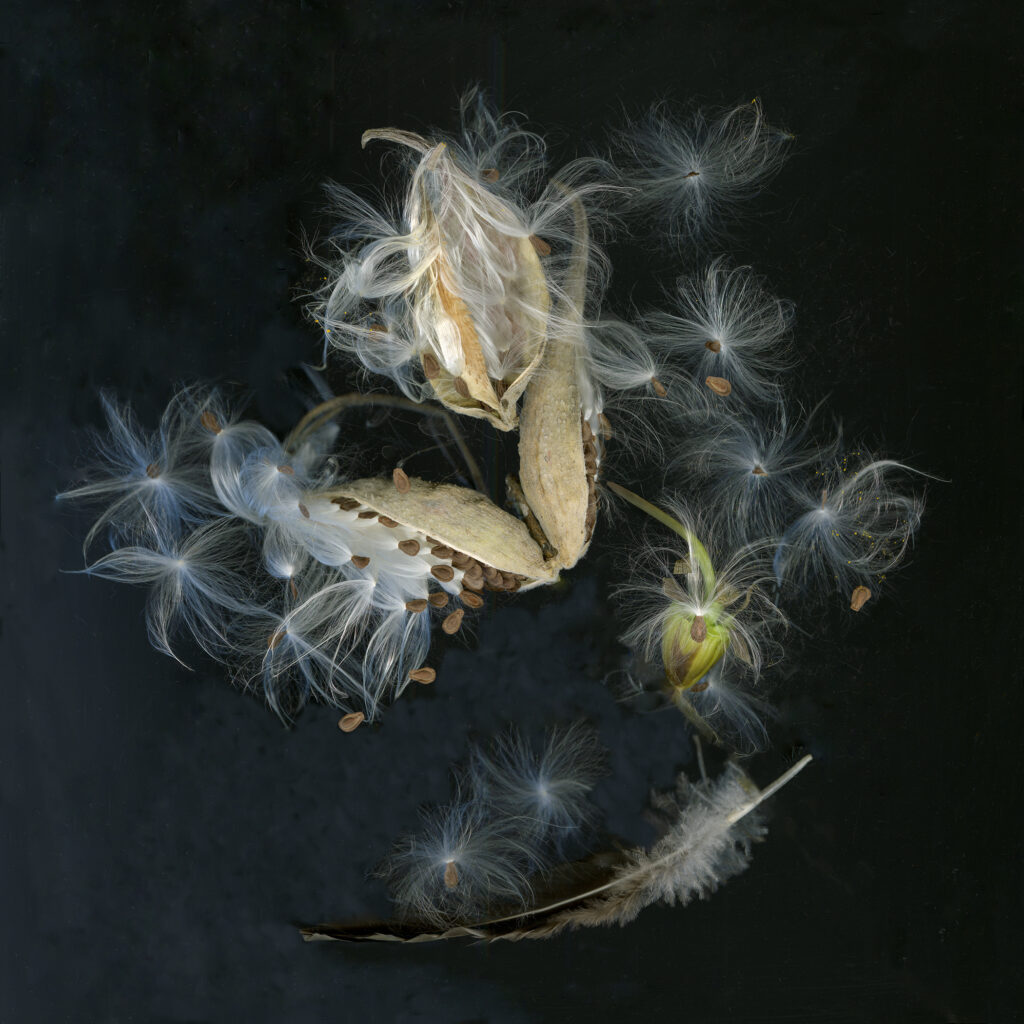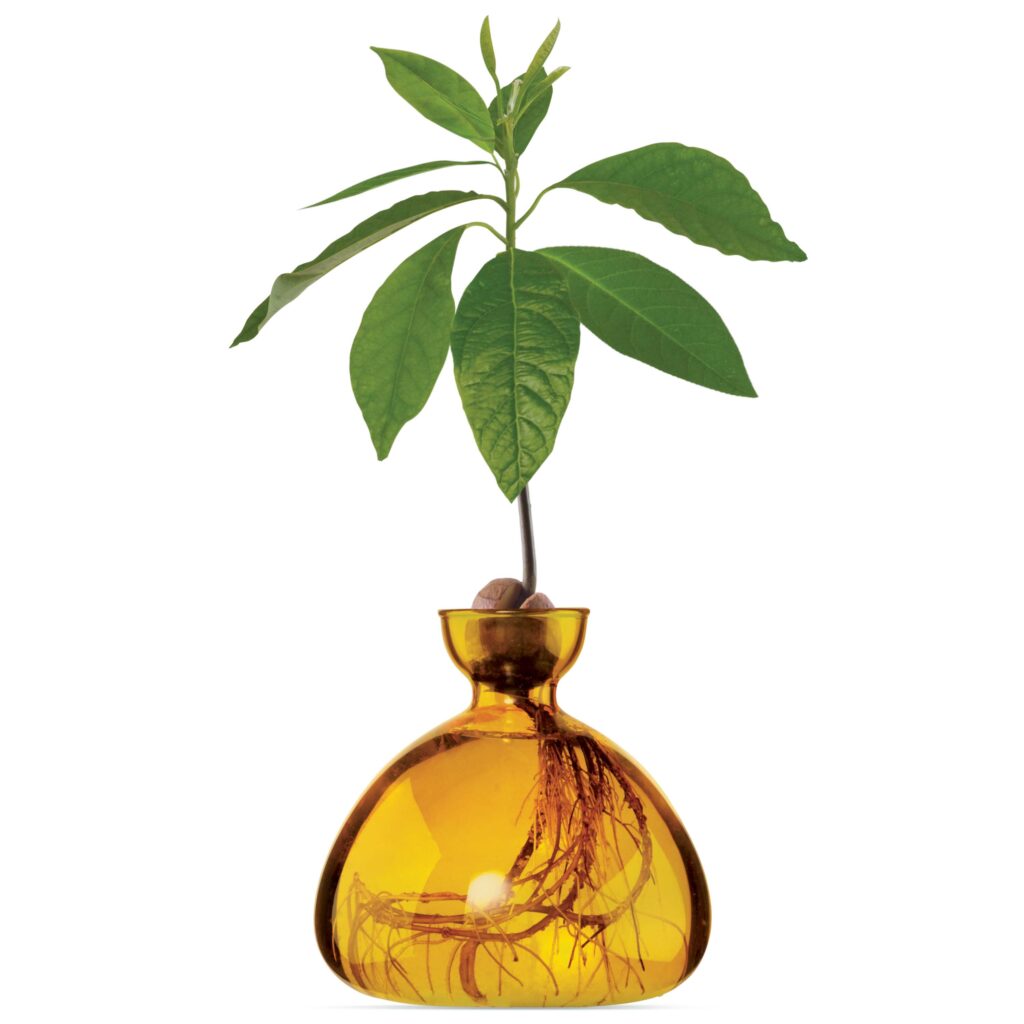Hasn’t this been the challenging summer? Here in the Rockies, we’ve experienced cool days and regular drenching rainfall seemingly every afternoon from June to July — the garden loved it! But. Unseasonable cool days and nightime temps below 50° were not a joy for the edibles: Were I growing tomatoes in a greenhouse, the harvest would be well-in by now, instead there’s just a few tennis-ball sized fruit to offer, and the zucchini are only just beginning to recover; the four hailstorms were not helpful, either. But what’s posing as the harvest season is beginning, heralded by the famed and fabulous Palisade Peaches from orchards on the more favored western slope, (note: my peach harvest is nil).
Seeding the future
However, the garden is setting itself up for next season, despite the challenge of changing climate patterns and there’s plenty of seed to gather and scatter. So, while we should be enjoying a late summer floral fest, and your garden may look weary, don’t be too keen to start “tidying up” the seed heads. Not only will they provide overwintering food source for birds and quarters for an array of beneficial insects, they also hold the promise for next year’s burst of color. Cosmos, echinacea, ornamental grasses, herbs and bulbs of all kinds will self-sow and help to fill in the gaps between shrubs and beneath trees. So let them do their thing. Annuals, especially petunias, marigolds and violas, are eager volunteers, and will put themselves in the very best spots — nature is the best gardener after all. Remember, though, ones that are hybrids will revert to their dominant parent’s color or form, or may turn out to be a surprise hybrid; in a garden as in life, a negative can sometimes be turned to a positive.

Seeding the Past
Seed swapping is a definite thing and has been for centuries, valued as a way to add not just surprise but variety to a gardenscape, and especially if it adds something that’s a bit of an oddity. It’s said that many Mediterranean plants arrived in Northern Europe in the saddlebags of returning Crusaders. That’s a romantic conceit, but in down-to-earth 18th-century North America there developed a healthy fraternal and highly practical commerce in across-the-pond seed exchanges between botanists and gardeners. One such enthusiast for The Next New Thing was Philadelphia-based botanist and plant collector, William Hamilton. No relation to the politician Alexander, William was an extremely wealthy and well-educated member of a select network of plant swappers, and his estate, called The Woodlands, was the destination for seed packets to and from the American John Bartram and Bartram’s English correspondent, Peter Collinson of London. Thomas Jefferson (who knew a good deal about the perfection of humanist landscape and architecture) described The Woodlands as, “The only rival I have known in America to what may be seen in England.”

Located in west Philadelphia’s University City area, The Woodlands estate survives today as public park, with 54-acres of the original 600 set aside in the mid 1800s as a still functioning cemetery. Hamilton’s mansion remains and during its restoration workers found shards of earthenware seed pots and folded paper packets of seed scattered between attic floor joists. These packets were labeled with handwritten names using the Linnean binomial system, and some even had descriptive notes written by prominent botanists, including members of John Bartram’s family. Imagining them swapping seed and growing tips across oceans and miles, one thinks how little has changed.
A 1957 garden manual that I’ve used since moving from England, first to Texas and eventually to Colorado, is Good Gardens for the Sunshine States; the author, George W Kelly, doesn’t wax lyrical on how easy and fun it is to raise plants from seed in these regions, he’s more confident with cuttings and so forth, but his few instructions on seed raising are sound enough. Kelly advises us to sow seed outdoors after last frosts. “If sowing seed indoors, it should done 4-8 weeks before setting out”, because “if started too early the plants will become weak and spindly before they are planted outdoors, and if started too late they may be too small to handle safely.” Lessons I have learned the hard way!

Oddly, perhaps, this seed-sowing essay came about thanks to a memory my Auntie Marjorie who, of all my grandfather’s 16 children, seemed to have inherited his green thumb. Profoundly deaf all her life following a bout of Spanish flu as a child in Ireland, Auntie was a career civil servant in London, filing and copy-typing, from pre-WW2 until she retired in the 1980s. But Marjorie’s life-long love of growing things turned her corner of the office floor into a jungle of mainly tropical fruit trees. Her desk was adjacent to a south-facing window with a radiator nearby, as was Covent Garden market, then London’s central depot for fruit, veg and flowers, homegrown and imported from the British Commonwealth and other far-flung locations. There, she would buy dates, avocados, grapefruit, mangoes – anything with a seed — lunch on the fruit, then pop the seeds into small pots on the windowsill, or prop in the neck of water-filled jam jars, until her small corner of a dour grey London office block was as verdant as the Palm House at Kew Gardens. Okay…I exaggerate, but I believed there was nothing she could not grow.

Wrapping up, I’ll say that I share Mr. Kelly’s observation: “The mysterious germ of life in a seed continually reminds us of the unknown possibilities of life and purpose in the universe.” Auntie Marjorie would agree 100%, as I imagine all we gardeners do, too.
©Ethne Clarke 2023
Visit Ellen Hovercamp’s website to view a wide selection of her scanner photography, available for purchase https://www.myneighborsgarden.com Part of each sale is donated to https://alkpositive.kindful.com/
To learn about ALK Positive and research, visit https://www.alkpositive.org/
For more information about the history of The Woodlands: https://www.woodlandsphila.org/about
A posting about the seed discovery at The Woodlands, and more about the Bartrams and their contribution to American horticulture, can be read at: https://www.bartramsgarden.org
Jazz up your glasshouse or a windowsill with these wonderful seed /bulb vases; available in the USA from ilexstudio.com.
Read Roger Marshall’s info-packed article ‘Growing Avocados and Mangos’ here: https://hartley-botanic.com/magazine/grow-avocados-mangos/


